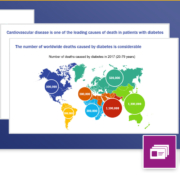Why pharmaceutical companies need a visual storytelling agency
Pharmaceutical and biotech companies today work with many specialized agencies to position their brands and develop their communication goals for different therapeutic areas. It is often difficult to determine which tasks can be performed by which type of agency.










